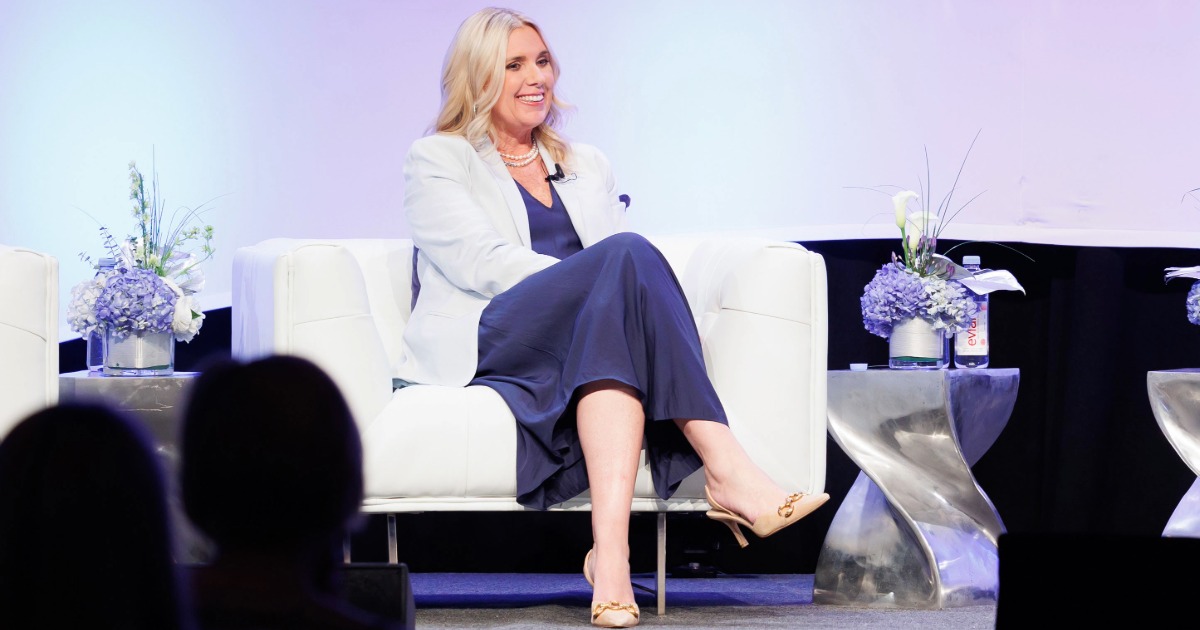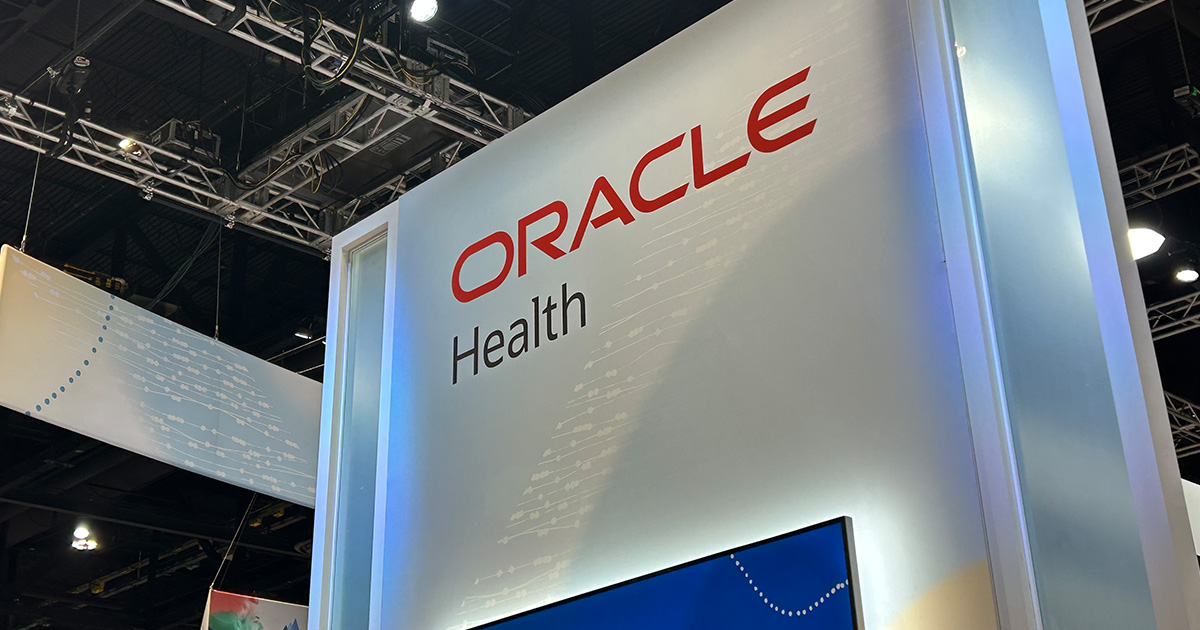LAS VEGAS – Machine learning has the capability to predict healthcare outcomes, the likely time a patient will be discharged, the propensity for a heart attack and a wide range of other capabilities, according to Google Cloud exec David Parish.
“If you have enough data, you can build a model. If the data is consistent and accurate enough, that model will work very well,” Parish said at HIMSS18 on Tuesday.
Right now, Google is investing both time and funds into developing these algorithms, with the idea of making the data more available to its clients -- “rather than the market coming to the tech,” Parish said.
In fact, he said right now there are about 7,000 models running on Google’s machine learning core, with about a billion lines of data.
Currently, Google Cloud Programming has three different machine learning models, two of which will benefit healthcare. It has a simple API, the first it brought to the market, which is a canned model for those with data who just want to solve a specific problem. Parish said it’s trained on images with Google-backing.
Parish said that it’s used a lot in healthcare, as many of his customers try to aggregate data from faxes. The model will turn the picture of unstructured data into actual structured data. “So that’s a step in the right direction.”
Google’s Hosted Analytics and TensorFlow also has healthcare application, which are a large model that can be trained to compute massive datasets. But right now, Parish said that most healthcare entities don’t have the people who know how to use these tools.
“Over time we’re hoping to have more of these models,” said Parish. “For healthcare it’s super important as it needs to learn healthcare language… to bring us a little closer to solving problems our customers have in this area.”
But siloed data is a major challenge for healthcare, as is the need to de-identify data before it can be shared, said Parish. Providers also need the rights to use healthcare data for developing healthcare models.
Another issue is whether a provider has the patient consent to use that data to develop healthcare models. Parish said, “It depends on consent forms signed by patient.”
At the end of the day, “the big barrier is actually the data,” said Parish. “The second barrier is a lack of expertise.” In fact, 80 percent of healthcare data is unstructured.
For example, Parish said that if you give machine learning mounds of noise, “it will do a great job of predicting the output.” However, that’s as far as it can go, as there has to be something for it to learn.
“It can learn very complex systems, but it needs a system to learn,” said Parish. “The model is not going to be smarter or more accurate than the examples I give it. And that in the healthcare space is incredibly important.”
“We all need to work together to minimize these roadblocks,” he added. “The future is aggregating large amounts of healthcare data and using that data to make healthcare more effective. The question is how quickly we can bring this together to make the vision a reality.”
Full HIMSS18 Coverage
An inside look at the innovation, education, technology, networking and key events at the HIMSS18 global conference in Las Vegas.
Twitter: @JessieFDavis
Email the writer: jessica.davis@himssmedia.com


